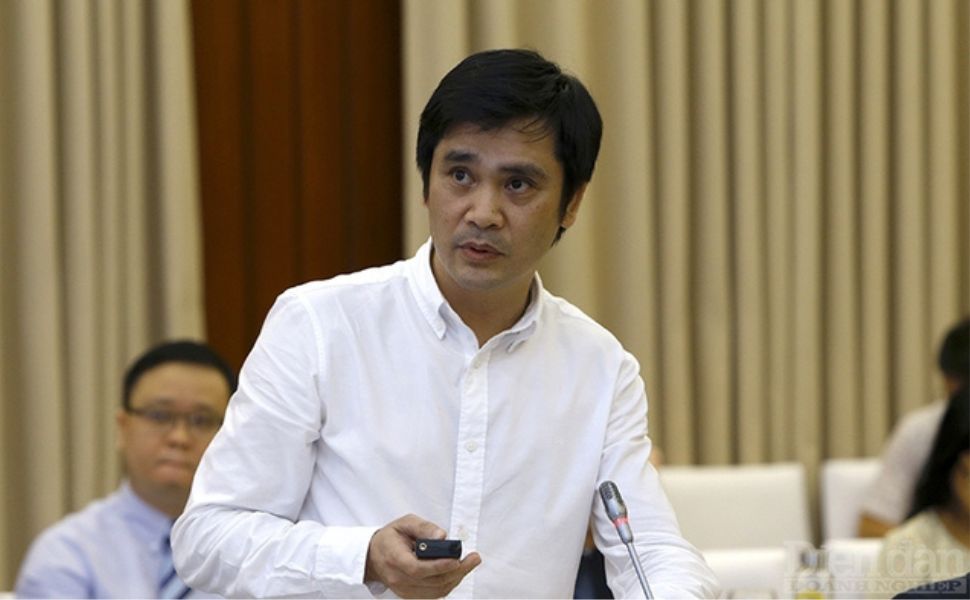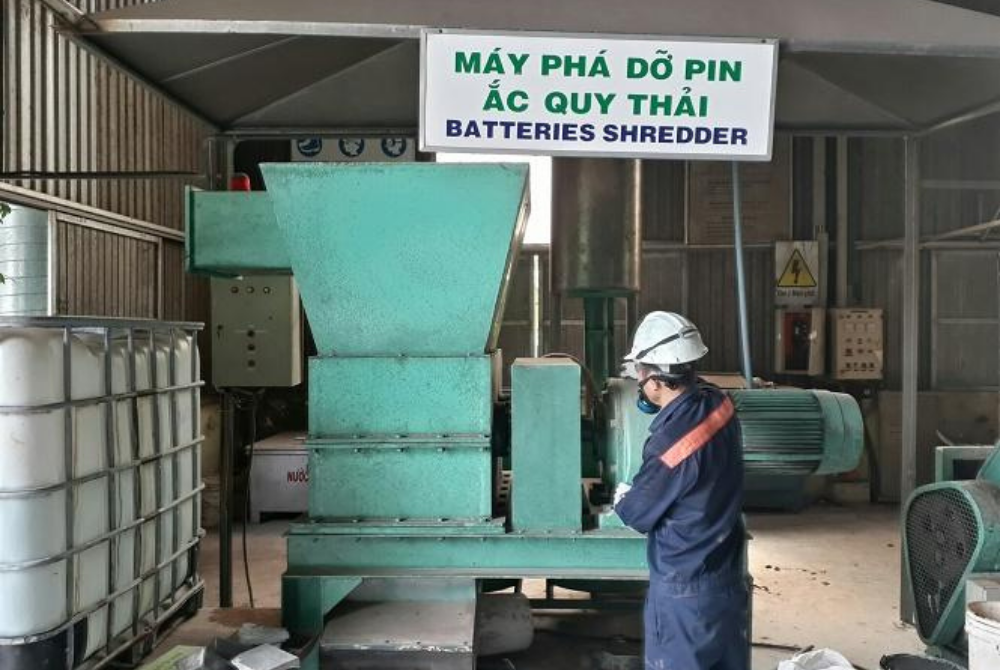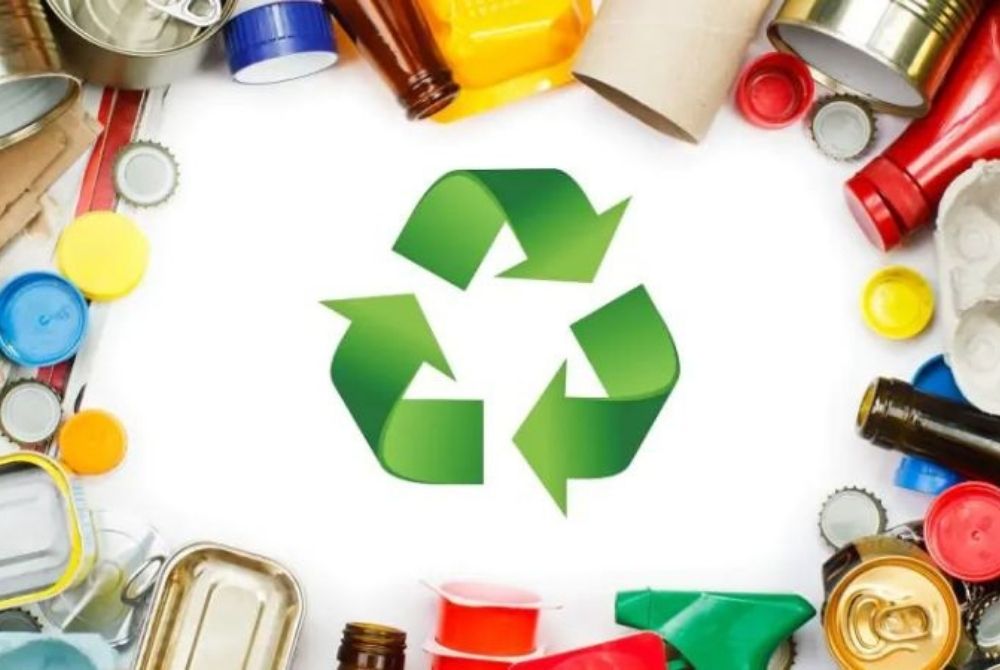Multi-value agriculture is the direction of the future.
Based on estimates, raw production accounts for just around 15% of agricultural output value. As a result, over 85% of the value is retained in the post-harvest stages. Not only does each agricultural product provide value throughout the processing stage, but it also includes many hidden values that have yet to be discovered.
Vietnamese rice has increasingly established a footing in several demanding markets such as Europe, Korea, and Australia... Resolution 19 of the Central Executive Committee demonstrates the success story of the rice sector in general, and rice exports in particular, in the first six months of 2023, with overall volume growing by 22.2% but value increasing by 34.7%.
The XIII Party on Agriculture, Farmers, and Rural Areas to 2030, with a goal of 2045, has indeed come to life.
Many locations, from the Mekong Delta to the Northern Delta and the Northwest provinces, have seen an increase in production methods geared toward practical, sustainable, multi-value integrated agriculture. For instance, in many agriculturally strong communities, people have increasingly capitalised on the added value of agriculture, combining culture and tourism to create an appealing tourist destination.
A study by Dr Tran Cong Thang shows that multi-value integrated agriculture will add value in the face of shrinking agricultural land areas and a slew of effects from climate change, natural catastrophes, and diseases. Optimisation per unit of farmed land is focused on the efficient use of scientific and technological resources, innovation, and digital transformation rather than growth based on labour-intensive and natural resources.

Dr Tran Cong Thang is the director of the Institute of Policy and Strategy for Agriculture and Rural Development.
Source: www.chinhphu.vn












